The genius of the 2015 Paris Agreement on climate change is that it lets countries set their own commitments. In theory, that has allowed governments to pledge efforts that align with what they are willing and able to implement, which could help the Paris Agreement remain flexible even as the underlying circumstances in countries change.
The pledges made in Paris, known originally as “intended nationally determined contributions (INDCs),” have also been an unexpected boon to researchers. When governments write down what they are doing to address climate change they also reveal how they think about the problem and their priorities. Until now, researchers have had to guess that information. Now they can get it straight from the governments themselves.
Today, a team from the Scripps Institution of Oceanography and Brookings published a paper in Nature Climate Change that makes use of these pledges to explores how governments are grappling with some of the most pernicious and worrying impacts of climate change: those on the oceans. Our questions were simple yet not possible to answer until now: When governments articulate how they see the climate problem, do they pay attention to ocean and coastal issues? And for those that do seem to care, what explains their interest?
For decades, most policy discussions about climate change have focused on cutting emissions. That approach has been understandable because it is emissions that cause climate warming as well as a buildup of carbon dioxide that leads to ocean acidification. Only deep cuts in emissions can stop and eventually reverse these effects. But the bad news in all this is that efforts to control emissions haven’t gone well. Emissions are higher today than ever before, and there is a growing gap between the real trajectory of emissions and what’s needed to stop warming. Even the fresh pledges that governments made in Paris don’t look so good—as a team of us reported in Nature in August, none of the major industrialized countries is on track to honor their emission control targets.
As emissions accumulate so does the need to focus on impacts, and that’s where our new paper comes in. One pattern in the INDCs that is quite striking is that it is the advanced industrialized countries that, in their INDCs, pay the least attention to impacts—notably in the oceans. That’s because, we think, the industrialized countries continue to frame the climate change problem as one about controlling emissions. While they pay attention to managing climate impacts at home—what is often called adaptation—they see the coordination of emission controls as the central function of international cooperation. (Here we refer to INDCs because that is how governments first supplied the information. Legally, governments converted their INDCs to NDCs—that is, they dropped the “intended” moniker—when they joined the Paris Agreement.)
The developing countries are quite different, and for good reason. For years it has been clear that these nations are systematically more vulnerable to big changes in climate, and for coastal countries, the substantial impacts to their ocean ecosystems that come from warming, acidification, and oxygen loss. Many consider that it is the responsibility of other nations that caused most emissions to clean up the mess; meanwhile, these governments on the front lines must get ready to adapt.
In this new paper, we built a simple statistical model to look at correlations between factors that we thought might explain attention to the oceans and what governments actually said in their INDCs. There were surprises in what we didn’t find, statistically, as well as what did turn up.
We thought that factors such as dependence on fisheries, amount of marine territory, and amount of marine protected areas might all be important explanatory variables. They weren’t.
Vulnerability to sea level rise—which can be measured by looking at the population living at altitude less than five meters above average seas—helped to explain some of the variation. But most striking was the fact that a country’s status as a “small island developing state” (SIDS) correlated powerfully with attention to the oceans. By contrast, membership in the group of advanced industrialized countries—known in climate diplomacy world as “annex I countries”—was negatively correlated.
These findings suggest some profound implications for policy. First, the organizations created to help the most vulnerable low-lying island nations seem to be working. Diplomatically, it has long been known that this group of countries is a potent political force. Now we can suggest, statistically, that this grouping is also helping its members grapple with the real problems of climate change. Looking to the future, it will be important to use groups such as this to help convey more useful information about which adaptation strategies are actually working.
Second, despite the good news, there remains a lot of bad news in the failure of many countries to look at ocean impacts or consider ocean sectors in their mitigation plans, at least in their INDCs. These gaps may make it harder for the Paris process to function as planned. The idea behind Paris was to let countries make pledges and then use that information for periodic checkups into what is working. A lot more work is needed to make that idea a reality.
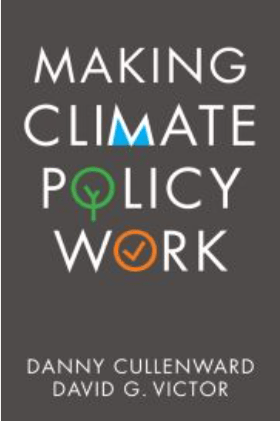
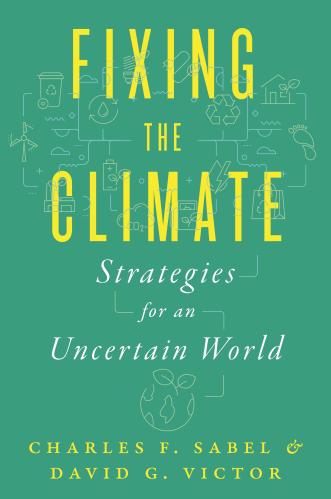
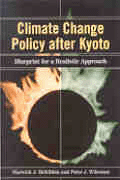
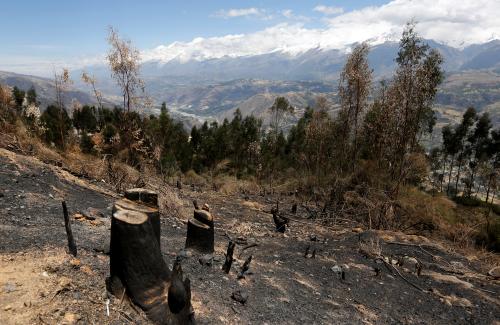

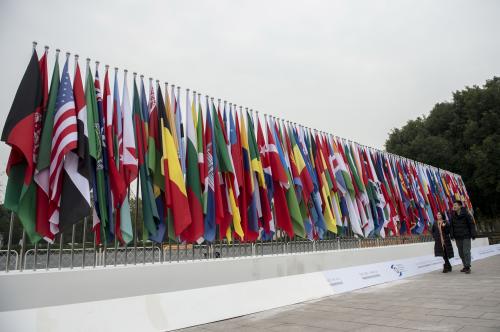


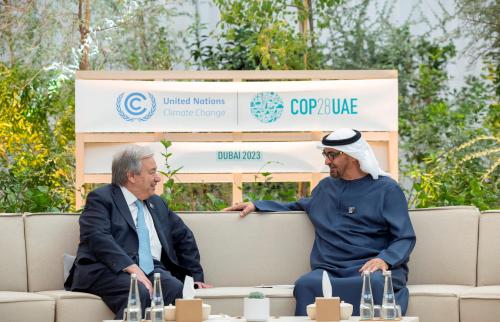
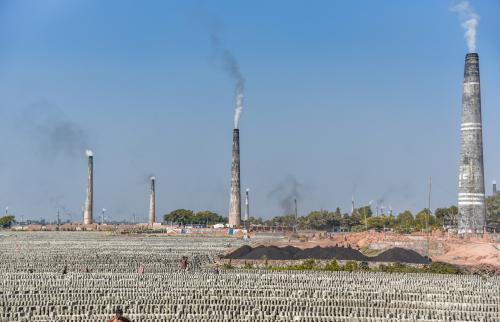
Commentary
Oceans on the front lines of global climate change
October 31, 2017